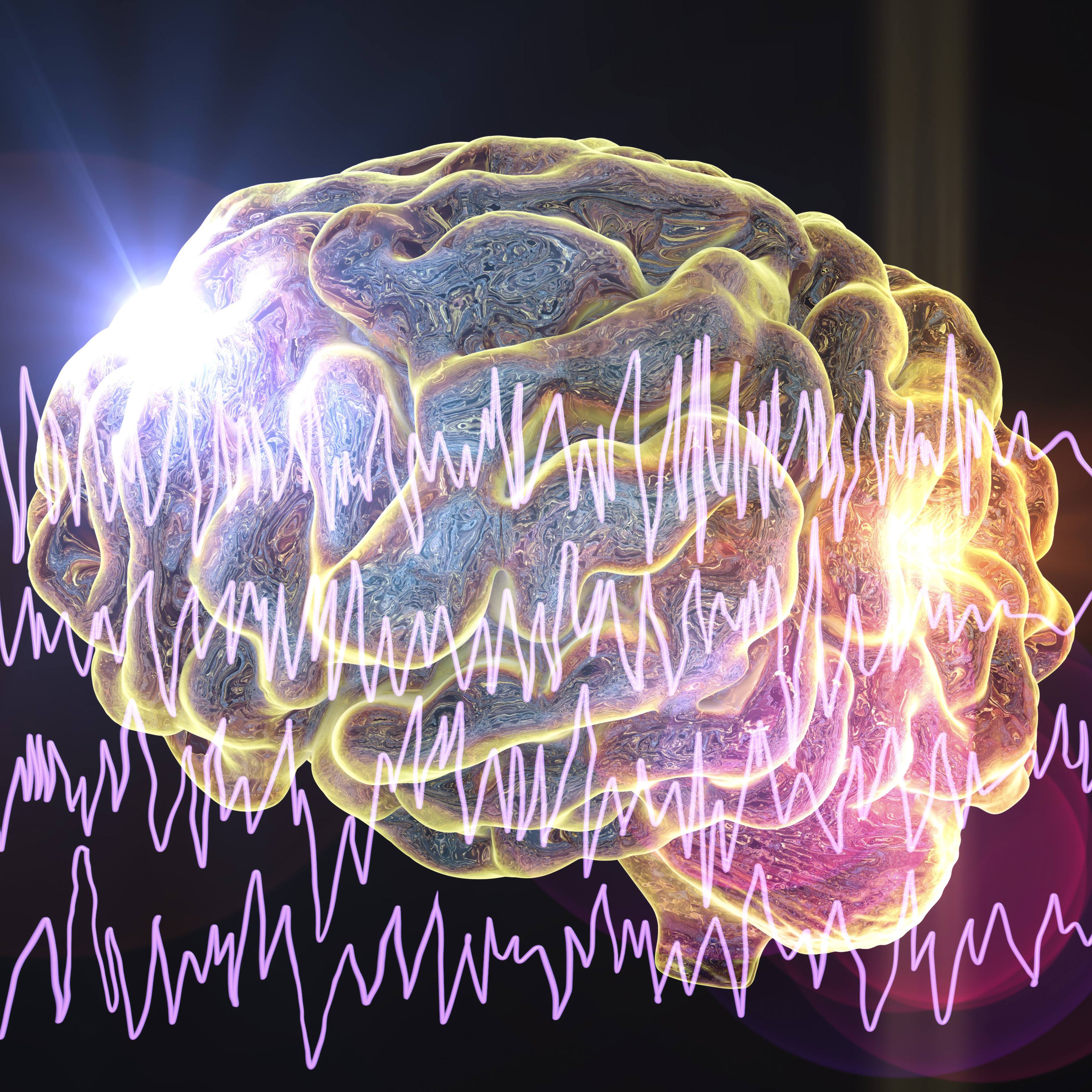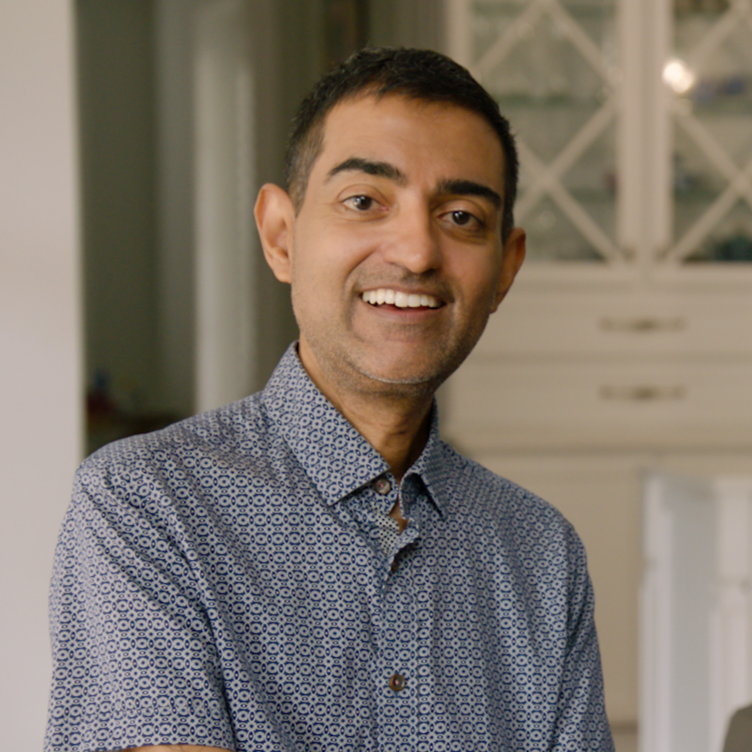
By Jan Kary
I was 60 at the time. Trying to take a photo. My hand was shaking so much I couldn’t hold my phone still to capture a picture. “I’m just nervous,” I thought to myself. The same experience happened again and again. “It’s just stress; I just need a good night’s sleep, and everything will be fine,” I concluded. Over the years, my hands began shaking so much in handling utensils, a glass of water, or a ballpoint pen that it was embarrassing to eat in public or be at in-person business meetings.
My shaking got progressively worse to the point that people I was with not only noticed but asked, rather pointedly, “What’s wrong with you? Why are you so nervous that your hands are shaking?” After repeated embarrassing questions, I finally asked my primary care doctor about it in 2019. “I’m reasonably sure you have essential tremor,” she said. “Do you want me to refer you to a neurologist?” “NO!” I replied.

The thought of seeing a specialist would make my shaky hands too much of a major “thing.” Instead, my primary physician prescribed a medication I hoped would calm the shakes. Six months brought no changes. Another medication; still no change.
Official Diagnosis
When the shaking became even more apparent in early 2021, I was referred to a local neurologist and officially received a diagnosis of essential tremor, a condition characterized by symptoms of shaking or trembling of particular body parts. Essential tremor is distinguished from Parkinson’s disease in that the former is usually apparent when you’re doing something active, such as reaching, lifting, handwriting, walking, or speaking. In Parkinson’s, there is usually an “at rest” tremor.
I learned that while 1 million Americans suffer from Parkinson’s Disease, approximately 10 million Americans suffer from Essential Tremor.
I ended up seeing a movement disorders specialist. This physician prescribed increasing amounts of a different, third medication. Ever hopeful, I eagerly awaited being able to hold a glass of water. With each doctor’s appointment, the embarrassing tests of being unable to sign my name, draw a spiral, pour a glass of water, or do basic tasks made me shrink further into myself.
After three drugs with no results, what do I do now?
Contemplating Brain Surgery
“Brain surgery,” was the reply. “WHAT??? No way, no how, not ever!” I replied. It took me about a year to wrap my head around the idea of brain surgery while I kept waiting for the medication to work.
I consulted Dr. Google. I became a “student” of essential tremor. I participated in online webinars. I researched and read about treatment options. I participated in a clinical trial that focused on Botox injections. Then, in June 2022, I attended an in-person seminar in my community about deep brain stimulation (DBS). It featured a Mayo Clinic neurologist, which has a dedicated movement disorder clinic. That presentation literally changed my life.
DBS has been used for many years and involves implanting electrodes in specific areas of the brain to help regulate the abnormal brain activity causing the tremors.
Based on my research, I had already concluded that DBS, a proven, safe, practiced-for-over-20-years procedure, was the best next step for me. I was ready to say yes. Even with the frightening fact that during DBS, I would be awake during surgery, with the neurosurgeon drilling through my skull to implant a thin narrow wire called a lead, I thought, “Bring it on!”
But, of course, we had just come out of the COVID pandemic, and things were a bit backlogged. So there was a wait. I had to go through various pre-surgery reviews and tests. In retrospect, the delay was a good thing. I was so frightened at the prospect of brain surgery that it gave me adequate time to get comfortable with it mentally and to hear the first-hand experience of others who had the procedure. My teeth were chattering so loudly when my sister drove me to the hospital in early January 2023 for my DBS surgery that I was concerned the surgeon would have difficulty.
Despite my fears, I enthusiastically say to others considering DBS: Do not be afraid! It does not hurt! There is a momentary vibration, but honestly and truly, there isn’t pain. Several days later, a second surgery takes place to implant the battery (called the “stimulator” – sort of similar to a pacemaker) in my chest. DBS patients are put to sleep for this second stage of surgery, so it’s easy. Once the stimulator’s settings are established, voila! Everything changed!
Life Changing
Suddenly, I could hold a glass! I could reach for something without shaking. I could sign my name legibly. And yes…those darn spirals…I could even draw a spiral! It was a marvelously successful surgery.
I am eagerly awaiting my second surgery, which will occur this summer, to treat my left hand. I can't wait to have TWO functional hands free of tremors. While coping with Essential Tremor can be frustrating, there are options for treatment to get you back to a quality of life. I hope that my experience will help someone along their journey.
More stories on this topic
- Turning off the Tremors — Deep Brain Stimulation Helps Patient Enjoy Little Things Again
- Weekend Wellness: Treatment helpful if essential tremor affects daily activities
- Sharing Mayo Clinic: Deep Brain Stimulation Helps Pilot Return to Flight







